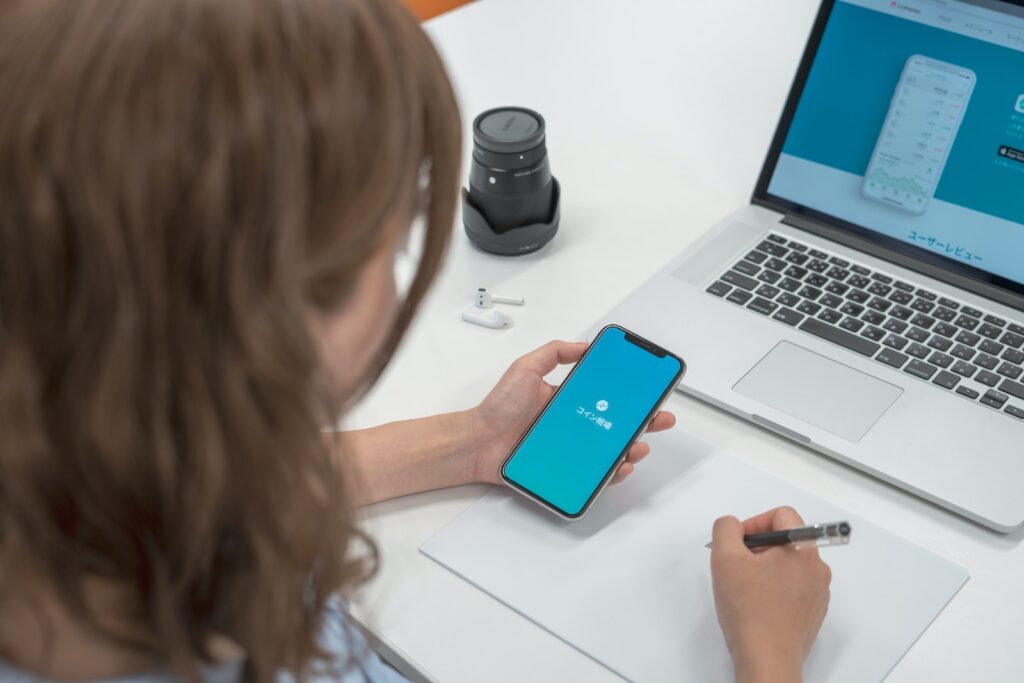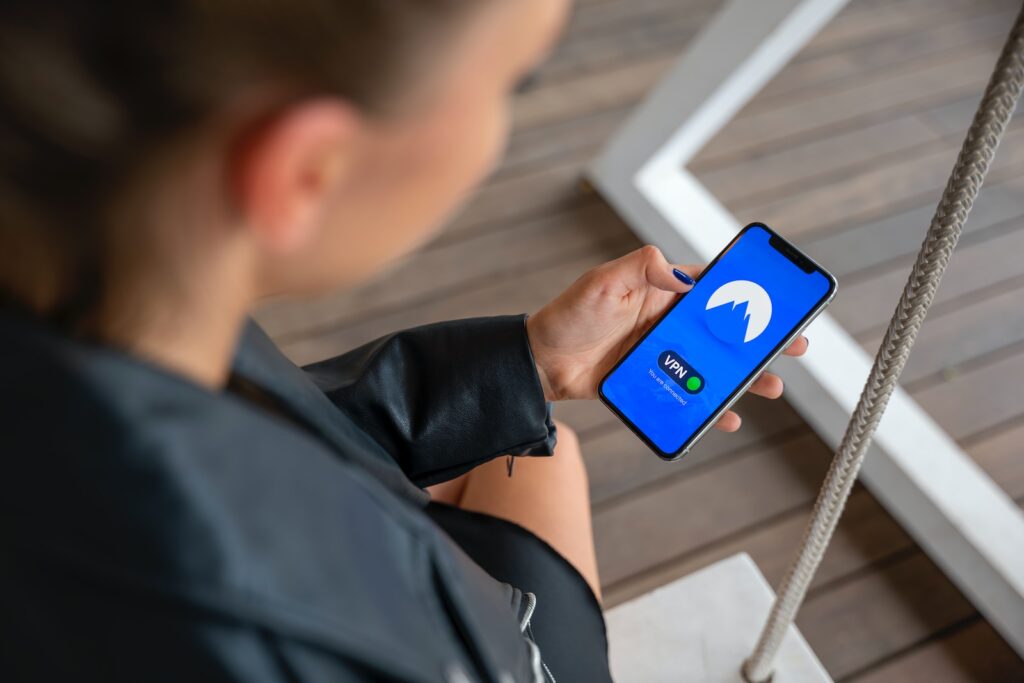As a social media strategist, one of the most common questions I get asked by bloggers is which social media platform they should use to promote their blog. With so many platforms out there, it can be overwhelming and confusing to know where to focus your efforts.
The truth is that not all social media platforms are created equal, and what works for one blogger may not work for another. Choosing the right social media platforms for blog promotion requires careful consideration of your target audience, content type and format, as well as your personal strengths and weaknesses.
It’s important to understand each platform’s unique features, advantages, and limitations before deciding where to invest your time and resources. In this article, we’ll explore some key factors you should consider when selecting social media channels for promoting your blog, including audience demographics, engagement levels, traffic potential, and more.
Whether you’re just starting out or looking to expand your reach, these tips will help you make informed decisions about which platforms are best suited for achieving your blogging goals.
Identifying Your Target Audience

Picture a dart board. You’re standing at the edge of the room, ready to throw your dart and hit the bullseye. But there’s one problem: you don’t know where to aim.
This is what it feels like when you create content without knowing your target audience. Identifying your ideal reader is crucial in determining which social media platforms will be most effective for promoting your blog.
Creating personas is an excellent starting point in identifying who your target audience is. Think about their age range, gender identity, location, education level, occupation, and income bracket. Conducting surveys can also give valuable insight into their interests and behaviors online.
By doing this research upfront, you’ll have a better understanding of how to reach them on social media. Defining interests and identifying behaviors are vital components in targeting the right audience on social media platforms.
For example, if your blog focuses on healthy eating habits and exercise routines, Instagram may be more beneficial than Twitter due to its visual nature and fitness influencer community. On the other hand, if your blog centers around career development tips or business strategies, LinkedIn might be more appropriate since it caters to professionals.
Knowing your target audience allows you to tailor your content accordingly while ensuring that it reaches those who are genuinely interested in reading it. By creating personas and conducting surveys early on in the process, you’ll be able to define interests and identify behaviors necessary for successful promotion across various social media channels.
Understanding Platform Demographics

Now that you have identified your target audience, it’s time to focus on the next crucial step in promoting your blog – selecting the right social media platforms. Platform suitability and audience reach are two important factors that should guide your selection process.
Before choosing a platform, conduct a thorough demographic analysis of your target audience. This will help you understand their age range, gender distribution, location preferences, interests, and online behavior patterns. The insights gained from this analysis will enable you to select platforms that align with your target audience’s characteristics.
Once you have gathered the necessary data, compare it against the demographics of various social media platforms. This comparison will help you determine which platforms offer the best potential for reaching your intended audience effectively.
Remember that different platforms attract diverse audiences based on factors such as age group, income level, education background, industry type, among others. Therefore, choose wisely based on what works best for your blog and its intended readership.
Analyzing Engagement Levels

When it comes to promoting your blog on social media, analyzing engagement levels is crucial. This allows you to determine which platforms are worth investing time and resources into, and which ones aren’t delivering the desired results.
To effectively measure ROI and track metrics for each platform, consider using a tool such as Google Analytics or Hootsuite. These tools can help you identify key performance indicators (KPIs) like click-through rates, likes, shares, comments, and followers. By regularly monitoring these metrics, you can adjust your strategy accordingly to maximize engagement and reach.
Building relationships with your audience should also be a top priority when promoting your blog on social media. Encouraging interaction through polls, Q&A sessions, and contests can go a long way in fostering meaningful connections with your followers. Remember that social media is an opportunity to engage with people who share similar interests – so take advantage of this by creating content that resonates with them.
- Conduct regular A/B testing to see what types of posts perform best
- Utilize paid advertising options for increased visibility
- Collaborate with other bloggers or influencers in your niche
- Engage with your followers by responding to comments and messages promptly
By incorporating these tactics into your social media strategy, you’ll be well on your way to successfully promoting your blog online. Remember: It’s not just about driving traffic; it’s about building lasting relationships with readers who will continue to engage with and support your content over time.
Assessing Traffic Potential

Assessing Traffic Potential:
Once you have done your keyword research and competitor analysis, it’s time to assess the traffic potential of each social media platform. This step is crucial in determining where to focus your efforts for maximum impact.
To start, consider the demographics of each platform. Who uses it? What age range dominates? Are they primarily male or female users? Knowing this information will help you determine if a particular platform aligns with your target audience. For example, if you run a fashion blog targeting young women, Instagram may be more effective than LinkedIn.
Next, look at engagement rates on each platform. How many likes, comments, shares and clicks are typical for similar blogs to yours? You can use tools such as Sprout Social or Hootsuite Analytics to get an idea of what works well on different platforms. Keep in mind that higher engagement does not necessarily equal higher traffic – but it’s a good indicator of how active and interested the user base is.
Table: Assessing Traffic Potential
| Platform | Age Range | Gender Dominance | Engagement Rate |
|---|---|---|---|
| 25-54 | Female slightly dominant | Medium | |
| 18-29 & 30-49 | Male slightly dominant | Low-Medium | |
| Under 35 | Female dominant | High | |
| Women aged 18-64+ (US) / Men + Women aged 25-44 (UK) / Mostly females globally (other countries) | Female dominant | High |
In conclusion:
Assessing the traffic potential of social media platforms requires analyzing both demographic data and engagement rates. By doing so, you can determine which platforms align most closely with your target audience and which ones are likely to drive the most traffic to your blog. Take advantage of analytics tools to gather insights into what content resonates best with users on each platform – ultimately leading to more effective promotion of your blog.
Considering Content Type And Format

When it comes to choosing the right social media platforms for blog promotion, considering content type and format is crucial.
Two popular types of visual content are infographics and videos. Infographics are static images that present data or information in a visually appealing way. Videos, on the other hand, can vary from short clips to longer-form content like webinars.
Static versus interactive content is another important factor to consider. Static content includes anything that doesn’t change or require user interaction such as images or written text. Interactive content requires some form of input from the user, like quizzes or games. These types of content tend to receive higher engagement rates because they provide an immersive experience for users.
Ultimately, when deciding which social media platform(s) to use for promoting your blog, take into account both your audience’s preferences and what type of content you plan to create.
For example, if you want to showcase your expertise through informative visuals, consider using Pinterest or LinkedIn where infographics tend to perform well. Alternatively, if you’re planning on creating more interactive pieces like quizzes or polls, Facebook may be a better fit due to its built-in functionality for these features.
Remember that each platform has its own strengths and limitations – so don’t be afraid to experiment with different formats until you find what works best for your brand!
Leveraging Personal Strengths And Weaknesses

As a social media strategist, it’s important to know your personal strengths and weaknesses. Understanding where you excel and where you may need improvement can help maximize the success of any blog promotion campaign. Highlighting weaknesses is just as valuable as maximizing strengths when it comes to self-awareness in social media marketing.
When considering which social media platforms to use for blog promotion, think about what types of content you enjoy creating most. If you’re great at writing long-form pieces, consider using LinkedIn or Medium. For those who love visually-driven posts, Instagram or Pinterest could be the way to go. Knowing your strengths in content creation can help guide platform selection.
On the other hand, identifying areas of weakness can also inform platform choice. Perhaps video production isn’t your strong suit – that doesn’t mean YouTube shouldn’t be considered, but rather that focusing on shorter videos with less production value might work better for you. Being aware of these limitations allows for strategizing around them instead of ignoring them entirely.
Creating A Comprehensive Social Media Strategy

As a blogger, it’s essential to leverage your personal strengths and weaknesses in promoting your content. Knowing which social media platforms work best for you is crucial in reaching the right audience.
In this section, we will discuss creating a comprehensive social media strategy that involves choosing the right channels and implementing cross-promotion techniques. When selecting social media platforms for blog promotion, consider where your target audience spends most of their time online. For instance, if you’re targeting millennials, Instagram and TikTok may be better options than LinkedIn or Facebook.
Once you’ve identified your primary platform(s), consider using other channels to promote your content through cross-promotion techniques such as sharing links on Twitter or embedding videos on Facebook.
Measuring success is an integral part of any effective social media strategy. It helps identify what works and what doesn’t so that you can adjust accordingly. Use analytics tools like Google Analytics, Hootsuite Insights, Socialbakers, etc., to track metrics like engagement rates, Click-Through Rates (CTR), reach, conversions, etc., across all platforms used in promoting your content. This data will help refine your strategies over time and improve overall performance.
Key Takeaways
- Choosing the right social media platforms for blog promotion requires considering your target audience, content type and format, and personal strengths and weaknesses.
- Identifying your target audience through personas and surveys helps determine the social media platforms that will be most effective for promoting your blog.
- Analyzing platform demographics and comparing them to your target audience’s characteristics helps in selecting the platforms with the best potential for reaching your intended audience.
- Analyzing engagement levels on different platforms is crucial for determining which platforms are worth investing time and resources into.
- Assessing the traffic potential of each social media platform based on demographics and engagement rates helps determine where to focus your efforts for maximum impact.
- Considering content type and format is important when choosing the right social media platforms for blog promotion.
- Leveraging personal strengths and weaknesses helps in selecting the platforms that align with your content creation preferences.
- Creating a comprehensive social media strategy involves choosing the right platforms, implementing cross-promotion techniques, and measuring success through analytics tools.
- Posting frequency and quality should be balanced for effective blog promotion on social media.
- Repurposing content for multiple platforms is possible but requires tailoring it to fit each platform’s audience and features.
- Engaging with followers on social media is important for building a community, expanding reach, and establishing relationships.
- Paid social media advertising can be effective in boosting reach and engagement, but organic reach optimization should be prioritized first.
- Targeted promotion may yield higher engagement and better results than focusing solely on building a large following.
- Social media is still essential for promoting your blog and reaching a wider audience, so focus on creating quality content and using social media as a tool to amplify it.
Frequently Asked Questions
How Often Should I Post On Social Media To Promote My Blog?
When it comes to promoting your blog on social media, the question that often arises is: how often should I post?
The answer is not a simple one as there are two crucial factors at play here – frequency and quality. While posting too frequently can lead to audience fatigue and disinterest, sparse posts may not garner enough attention either.
As a social media strategist, it’s important to strike the right balance between these two elements.
Additionally, choosing the right platforms for your content can make all the difference in driving traffic and engagement. By identifying which channels align with your target audience and their preferences, you can ensure maximum impact with each post.
Can I Use The Same Content On Multiple Social Media Platforms?
As a social media strategist, it’s important to consider repurposing content for cross-platform promotion.
While the same piece of content may work well on one platform, it might need adjustments for another. However, that doesn’t mean you can’t use the same core message across multiple platforms.
By tailoring your content to fit each platform’s audience and features, you can maximize its impact and reach more people with less effort. So go ahead, reuse that blog post or video – just make sure you’re giving it the appropriate tweaks for each platform!
How Important Is It To Engage With My Followers On Social Media?
As a social media strategist, it’s essential to understand the importance of interaction and building a community with your followers. Engaging with your audience on social media not only helps you establish a relationship with them but also increases the chances of expanding your reach through sharing and recommendations. Building a loyal following takes time, effort, and consistency in communication.
By actively responding to comments, messages, or mentions, you’re creating an impression that you value their feedback and opinions. So whether it’s thanking them for positive feedback or addressing concerns promptly, never underestimate the power of engagement in building a thriving online presence.
Do I Need To Pay For Social Media Advertising To Promote My Blog?
You may be thinking, ‘Do I really need to pay for social media advertising to promote my blog?’ The short answer is no, but it can certainly be effective in boosting your reach and engagement. However, before you consider investing in paid promotion, make sure that you have optimized your organic reach on the platforms where your target audience is most active.
As a social media strategist, my recommendation would be to focus first on creating high-quality content that resonates with your followers and encourages them to share it with their own networks. Then, experiment with different types of paid promotion and monitor their effectiveness to determine what works best for your brand.
Should I Focus On Building A Large Following Or Targeting A Specific Niche On Social Media For Blog Promotion?
As a social media strategist, it’s important to consider whether you want to focus on building a large following or targeting a specific niche for blog promotion. While having a broad audience can be appealing, targeted promotion may yield higher engagement and better results overall.
Rather than focusing solely on quantity, prioritizing the quality of your followers can lead to more meaningful interactions with your content. Ultimately, finding the right balance between targeted and broad promotion will depend on your goals and the nature of your blog.
Final Thoughts
So there you have it, folks. The ultimate guide to choosing the right social media platforms for blog promotion.
But let’s be honest, who has time for all of this? I mean, really. Do we even need social media anymore?
Of course we do! Social media is vital for promoting your blog and reaching a wider audience.
But don’t stress about posting every day or engaging with every single follower. Just focus on creating quality content that resonates with your target audience and use social media as a tool to amplify it.
And if all else fails, just pay for some advertising and call it a day. It’s not like anyone can tell the difference anyway, right?
Happy blogging!

